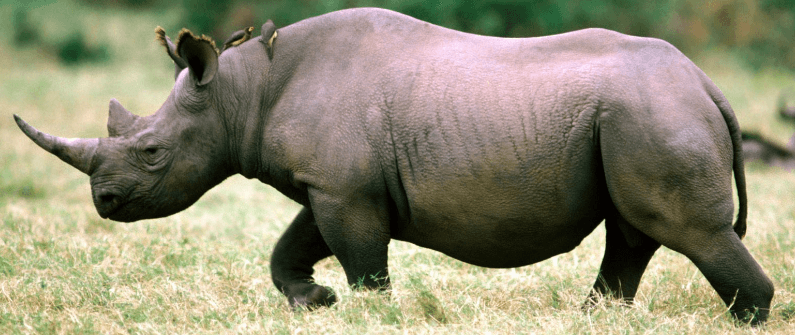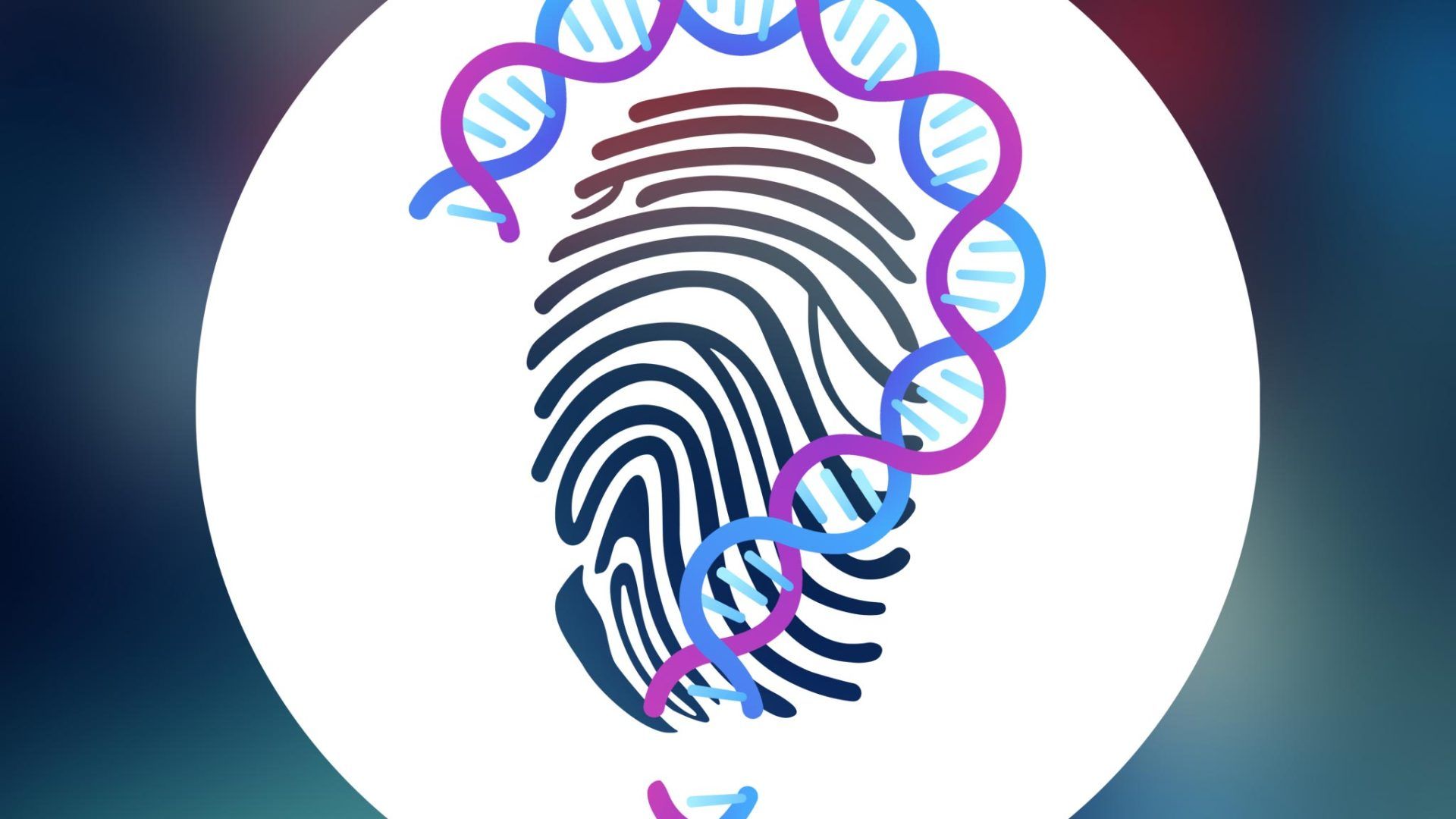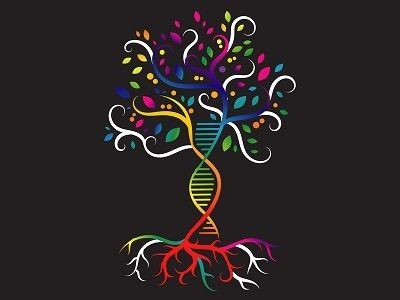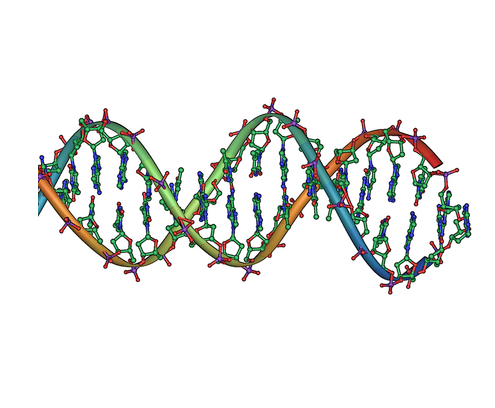DNA sampling joins the fight against rhino poaching

Efforts are underway to track down the international syndicates involved in the rhino horn trade, thanks to a new DNA system. This meant a rhino horn confiscated in Vietnam could be linked back to a crime scene in the Kruger National Park. “With this it will be possible to identify smuggling routes and more role players than just the poachers,” says Dr Cindy Harper, developer of RhODIS Rhino DNA system. She is also a director at the University of Pretoria’s veterinary genetics laboratory at Onderstepoort. DNA profiling would help law enforcement agencies find the trafficking route, the couriers, kingpins, and end users. One prosecutor dealing with rhino horn poaching cases welcomed the development. “The kingpin and the mastermind are the ones we should be prosecuting, and with RhODIS becoming available to international forensic scientists and investigators, we are getting closer,” Ansie Venter said. "We might soon be able to connect a horn in Vietnam to a poached rhino in the Kruger National Park. What an immense breakthrough.” Harper said it was introduced in 2010. The database contained information about more than 20 000 individual rhino. Countries using the system included Namibia, Kenya, Zimbabwe, Malawi, Uganda, Zambia, and Botswana. At a RhODIS Scientific Workshop held in the Kruger National Park recently, it was agreed that the system would form the basis for the international DNA testing of rhino and rhino products. DNA forensic scientists, law enforcement officers and investigators from countries including Malaysia, Thailand, Vietnam, and India attended the workshop. They were taken to a poaching crime scene in the park, allowing them to see first-hand the savagery inflicted on two rhino killed for their horns. Scientists participated in DNA sample collection training at the crime scene using the forensic sample kits developed for RhODIS. SANParks spokesperson Isaac Phaahla said they supported the collection of DNA as it was part of the criminal investigation. “We think our colleagues in the NGO sector concentrating on user markets are doing a sterling job,” he said.
SOURCE:
News24









